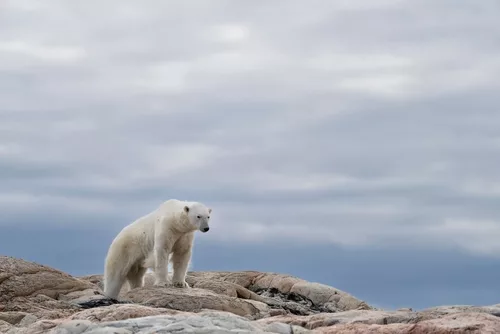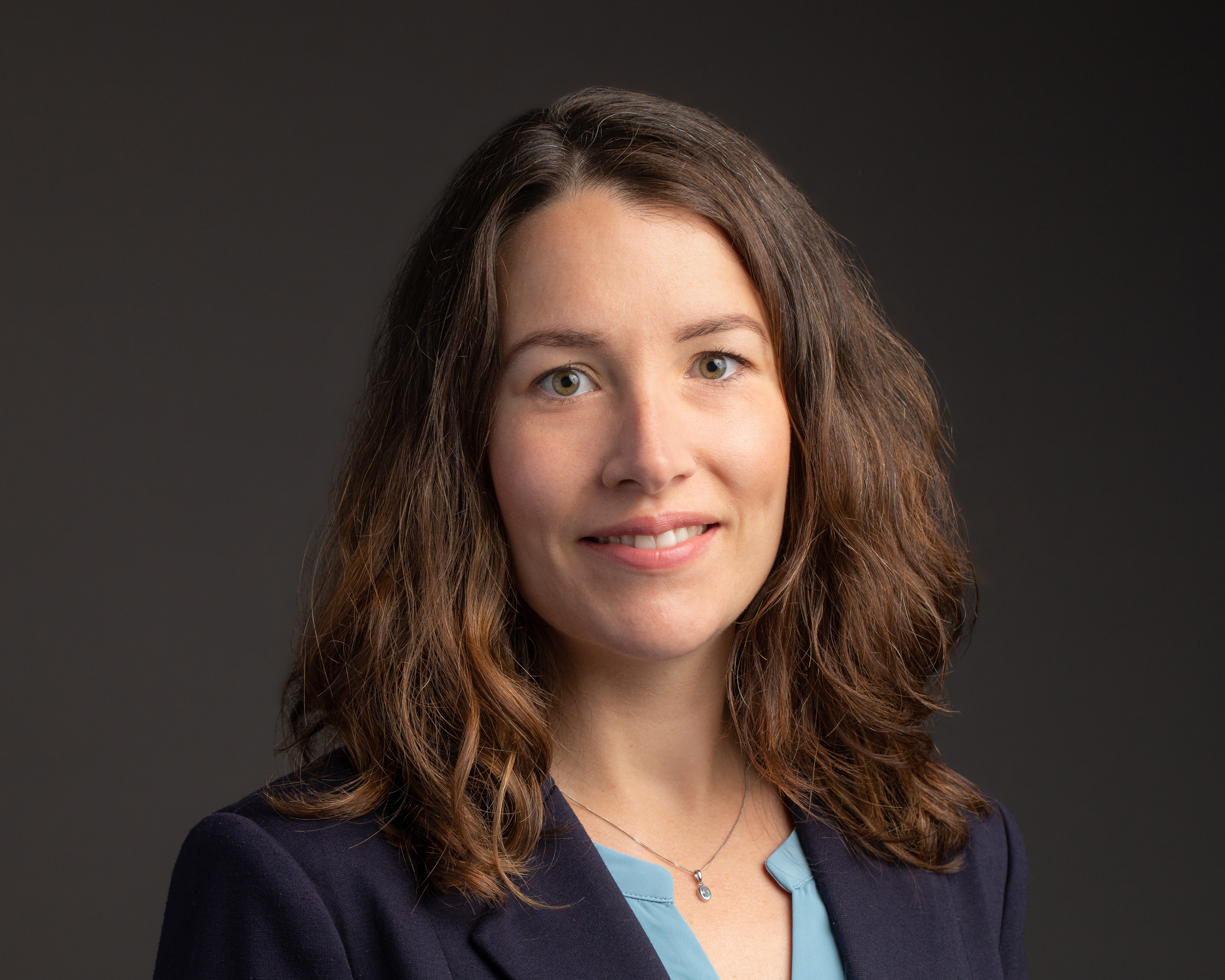Helping Children and Teens Manage Climate Anxiety


Laelia Benoit, MD, PhD
Child and adolescent psychiatrist; associate researcher, Center for Research in Epidemiology and Population Health (CESP) of the French NIH (Inserm), Paris-Saclay University, France; combined fellow at the Yale Child Study Center; Co-Director of QUALab, Qualitative and Mixed Methods Lab, Yale University, New Haven, CT.
Dr. Benoit has no financial relationships with companies related to this material.
CCPR: How is climate anxiety different from other anxiety problems?
Dr. Benoit: The core component of climate anxiety is environmental grief. This is very different from usual anxiety disorders involving excessive worries that are disproportionate to the situation. Grief is a natural human response to truly distressful life events. A first step to addressing climate anxiety is to accept the grief without trying to eliminate it. We can welcome the transformative moral clarity that comes with healthy grieving and decide what to change as individuals and as part of collective action. Although climate change anxiety can be associated with depression or eating disorders, climate change anxiety itself is not pathological. It’s a healthy reaction to a real-world problem that can spur adaptive responses to try to save the planet.
CCPR: How many of our patients are anxious about climate change?
Dr. Benoit: About 75%–80% of 15- to 25-year-olds worry that climate change will harm their generation. About 17% of teenagers report losing sleep worrying about climate change, and about 20% consider having few or no children because of this concern (www.tinyurl.com/52cu4f3m). Other vulnerable groups, such as women and ethnic minorities, worry more than the general population about climate change (Helm SV et al, Global Environmental Change 2018;48:158–167; www.tinyurl.com/2dc2h22k). Many of us have faced air pollution, earthquakes, and other environmental impacts over the course of our lives. But it’s getting worse. Almost every child on Earth is exposed to at least one climate and environmental hazard, as well as shocks or stresses such as heat waves, cyclones, air pollution, flooding, and water scarcity (www.tinyurl.com/25t8zu3d).
CCPR: Kids may have climate anxiety, but how often do their parents have climate concerns?
Dr. Benoit: There is a lack of communication around the topic. The Yale Climate Communication Program surveys US adults annually. In 2023, about two-thirds of Americans (66%) were at least “somewhat worried” about global warming, including 30% who said they were “very worried.” However, about half of those folks said the issue was either “not too” or “not at all” personally important to them, and most Americans said they “rarely” or “never” discuss global warming with family and friends (Leiserowitz A et al. Climate Change in the American Mind: Beliefs & Attitudes. New Haven, CT: Yale Program on Climate Change Communication; 2023). Some families do not acknowledge their kids’ pain, which makes it hard for the kids to engage in productive action because they are paralyzed, caught between their experience and their parents’ apparent indifference.
CCPR: What makes climate distress paralyzing?
Dr. Benoit: Some concerned adults have been role models for youth, trying to raise awareness for decades. But we need to do a better job. The Norwegian psychologist Per Espen Stoknes, a representative of the ecologically oriented Green Party, says we wasted decades on campaigns that were emotionally distressing and offered no inspirational solutions. For example, a commercial showed polar bears on a melting iceberg, but with no clue as to how to help the bears. Somebody might watch that commercial and think “Should I turn off the water when I’m brushing my teeth? Should I stop using my car? Would this help the bears?” without getting any real answers to the presented problem. This combination of emotional distress and helplessness causes people to withdraw.
CCPR: The American Academy of Child & Adolescent Psychiatry and the American Psychiatric Association encourage mental health clinicians to become advocates. What should we advocate for?
Dr. Benoit: Stoknes recommends we focus campaigns on individual and collective action. My team is working on positive messaging in public mental health campaigns with language that adults, including clinicians, can use to help children and teens feel a sense of agency and take productive action. For example, I tell my patients that meeting with other young people who feel concerned about climate change can help build a sense of community. Help youth by encouraging them to engage in collective action. For example, advocating for better insulation of their building or school, planting more trees in their neighborhood, advocating for bike lanes and public transportation, or joining a local branch of the Citizens’ Climate Lobby can empower young people to take impactful action. This in turn improves their mental health.
CCPR: Most new reports say “It’s worse than we thought.” How can we help families manage the effect of scary reports about the climate?
Dr. Benoit: Discourage 24/7 doomscrolling and instead encourage families to talk about the issue in a productive manner. Adults should raise the topic. Children and adolescents tend to remain silent but worried. They don’t talk about it with their friends because it’s not a fun conversation to have, and they don’t talk about it with their parents because they think that if their parents are not raising the topic, it means the parents are not interested. Support the ability of children and adolescents to act. Even 7- to 10-year-olds are happy to plant a tree or recycle. They are interested, motivated, and have a sense of agency. Adolescents may be interested in bigger projects like installing solar panels on the school roof. Celebrate these actions. Here are some phrases that I use with children, teens, and parents: “What can I do on my own that helps the planet and makes me feel better?” (ie, refuse to travel by plane, reduce meat consumption, bike or walk as much as possible, buy fewer things) and “What can I do with others that helps the planet and makes me feel better?” (ie, talk, advocate, take collective action with family, neighbors, or classmates).
CCPR: Does talking about climate progress reduce climate anxiety?
Dr. Benoit: We cannot stress enough the importance of joy and seeing the positives in the situation. Clinicians are taught to look for what is going wrong, so we often forget the strengths-based approach. First, coach kids to look for the helpers and see the progress that’s being made. Did you know, for example, that carbon emissions per person have decreased by more than 17% since the 1990s (https://edgar.jrc.ec.europa.eu/report_2023)? Talk about that. Second, remind kids it’s necessary to enjoy life in the face of challenges. Even in wartime, people celebrate birthdays and enjoy moments of pleasure when they can. Tell them this too.
CCPR: Can you talk more about the developmental aspects of climate anxiety?
Dr. Benoit: Young children under 5 years old have trouble understanding the science of climate change, but parents can help them accept emotions and difficult truths such as the reality of death. This helps them begin to understand the consequences of their actions on the world around them. Between about 5 and 12 years old, children start to understand the basic mechanisms of climate change. Use positive messaging and encourage individual action such as planting trees and recycling at this age. Negative messages might cause sleep problems. Adolescents develop abstract thinking and need help understanding their role as one actor in a vast socioecological network. Support them to build collective action and have a bigger impact. For example, encourage the child to use their ideas and develop and expand their support network. You might say “I love your idea of a solar car charging station. Who can you work with to make it happen? What friend? Which adults at school? Have you looked up online if some people are working on it?”
CCPR: How do we assess for climate anxiety in kids and teens?
Dr. Benoit: Let me start with parents, where we listen for how things have changed. Glenn Albrecht coined the term “solastalgia,” which is defined as a nostalgia for home without leaving home. He studied farmers in Australia experiencing homesickness as their environment changed over time. Winters were no longer cold, and summers had become unbearably hot. Kids and teens are often too young to have noticed these changes in their environment. Instead, ask them about how they envision their future and what they would like to do when they grow up. If they mention concerns about the planet, help them explain their hopes and fears.
CCPR: Can you give us an example of how climate anxiety changes how we assess patients and decide on what treatments to try?
Dr. Benoit: I treated an autistic teen with cognitive rigidity who became vegan, was turning off all the appliances at home, decided to compost, and refused to go on holidays. The parents asked “Is this due to his autism?” In some cases, we treat a perseverative idea with therapy or even medication, but not in this instance. I worked with the parents to help us all better understand how this teen was seeing things. His autistic rigidity helped him do things that were appropriate to reduce the carbon footprint of the family but went against the important need for family connection through travel. Looking at the bigger picture, the behavior was partly adaptive. Most nonautistic people have trouble making pro-climate changes, especially if those changes might make others uncomfortable. This patient felt great that I was able to join his idea and support it, that his autism helped him do good things. It also built my relationship with him so that he trusted me when it came to other rigid ideas of his that were not adaptive and needed to be reduced. And it strengthened his relationship with his parents because they understood each other better.
CCPR: Can you generalize your approach to climate anxiety from this case?
Dr. Benoit: As psychiatrists, we need to think about what is pathological and what is not, and how we foster change. Kids and teens tend to underestimate their agency and overgeneralize the action or inaction that they see. So, part of this conversation is showing them that many people are taking action and that they can be part of this change. Of course, we have to use common sense as clinicians. If we see someone who is acutely depressed with severe clinical features, we treat the depression. But once the person is out of danger, the real answer comes from action. We published with Sarah Schwartz and Sarah Lowe on the correlation between environmental activism and better mental health overall (Schwartz SEO et al, Curr Psych 2023;42(20):16708–16721).
CCPR: What is the broader solution to climate anxiety in youth?
Dr. Benoit: The best answer is not to “cure” the individual, but to address societal problems. Climate inaction on our part as adults threatens children and youth who have less power, causing depression in some younger individuals (Benoit L. Infantisme. Paris, France: Seuil; 2023). The answer to this societal problem is not to pathologize youth. Addressing climate anxiety requires addressing global warming, not “fixing” young people’s appropriate worries. This is like addressing physician burnout, but bigger. Physicians need to step back, look at the system, and feel empowered to make changes to address eco-anxiety and other climate change impacts on health.
CCPR: Thank you for your time, Dr. Benoit.
Newsletters
Please see our Terms and Conditions, Privacy Policy, Subscription Agreement, Use of Cookies, and Hardware/Software Requirements to view our website.
© 2025 Carlat Publishing, LLC and Affiliates, All Rights Reserved.


_-The-Breakthrough-Antipsychotic-That-Could-Change-Everything.webp?t=1729528747)



